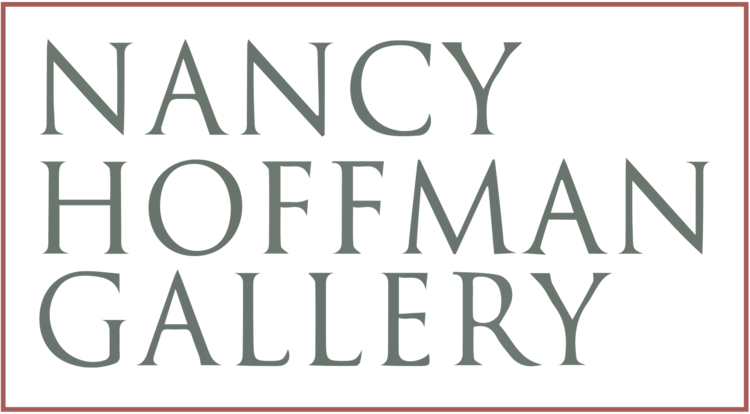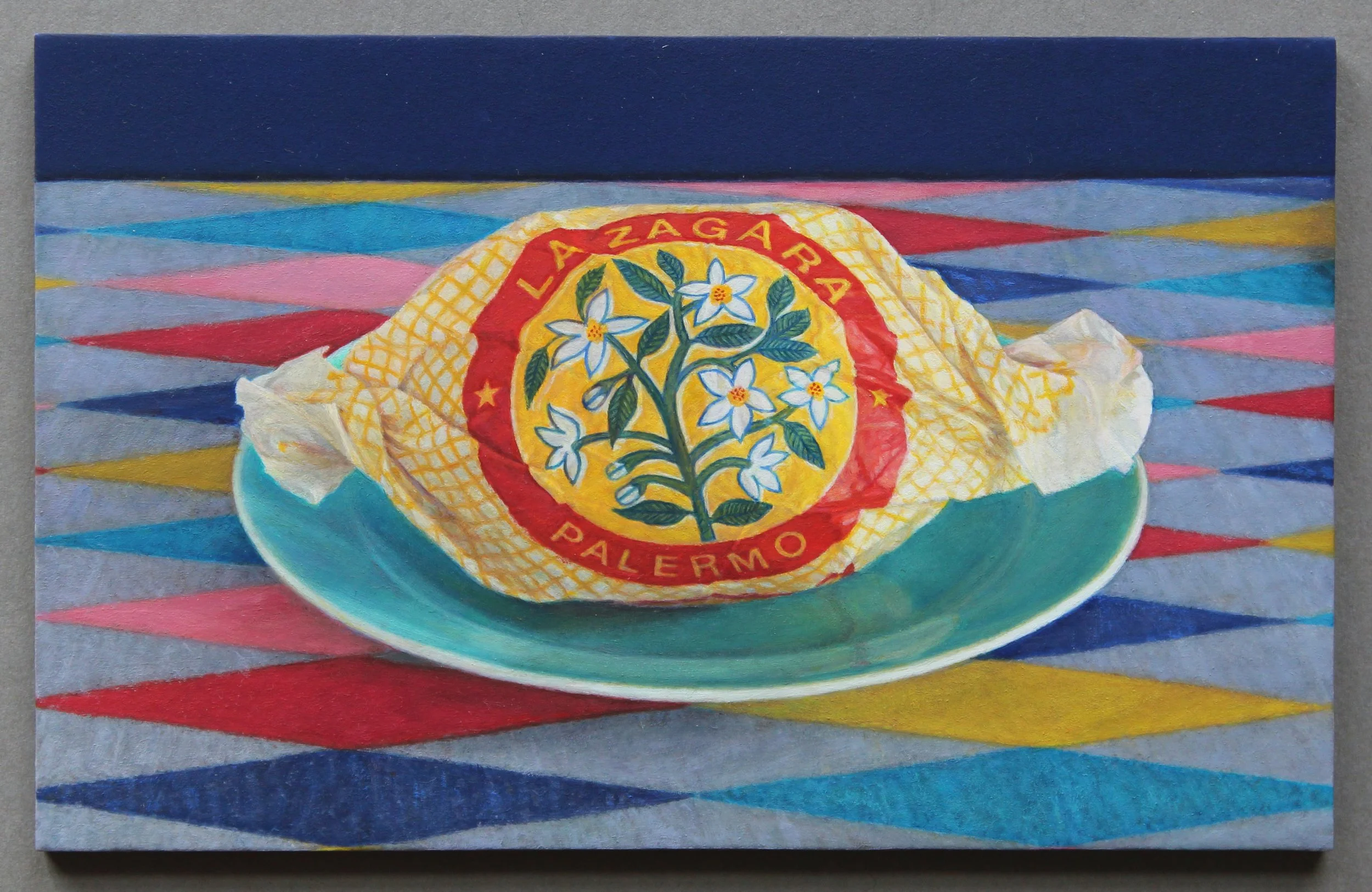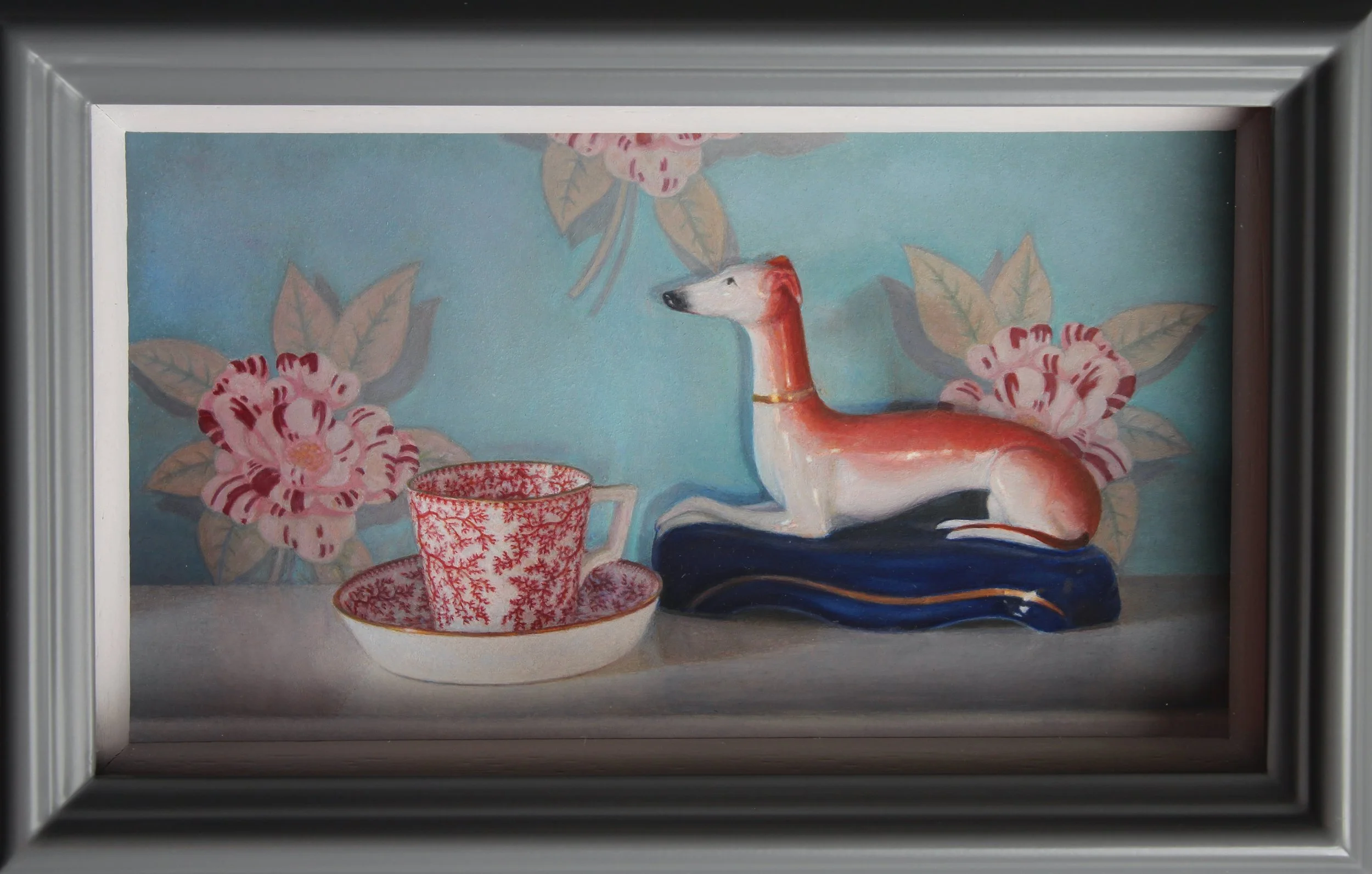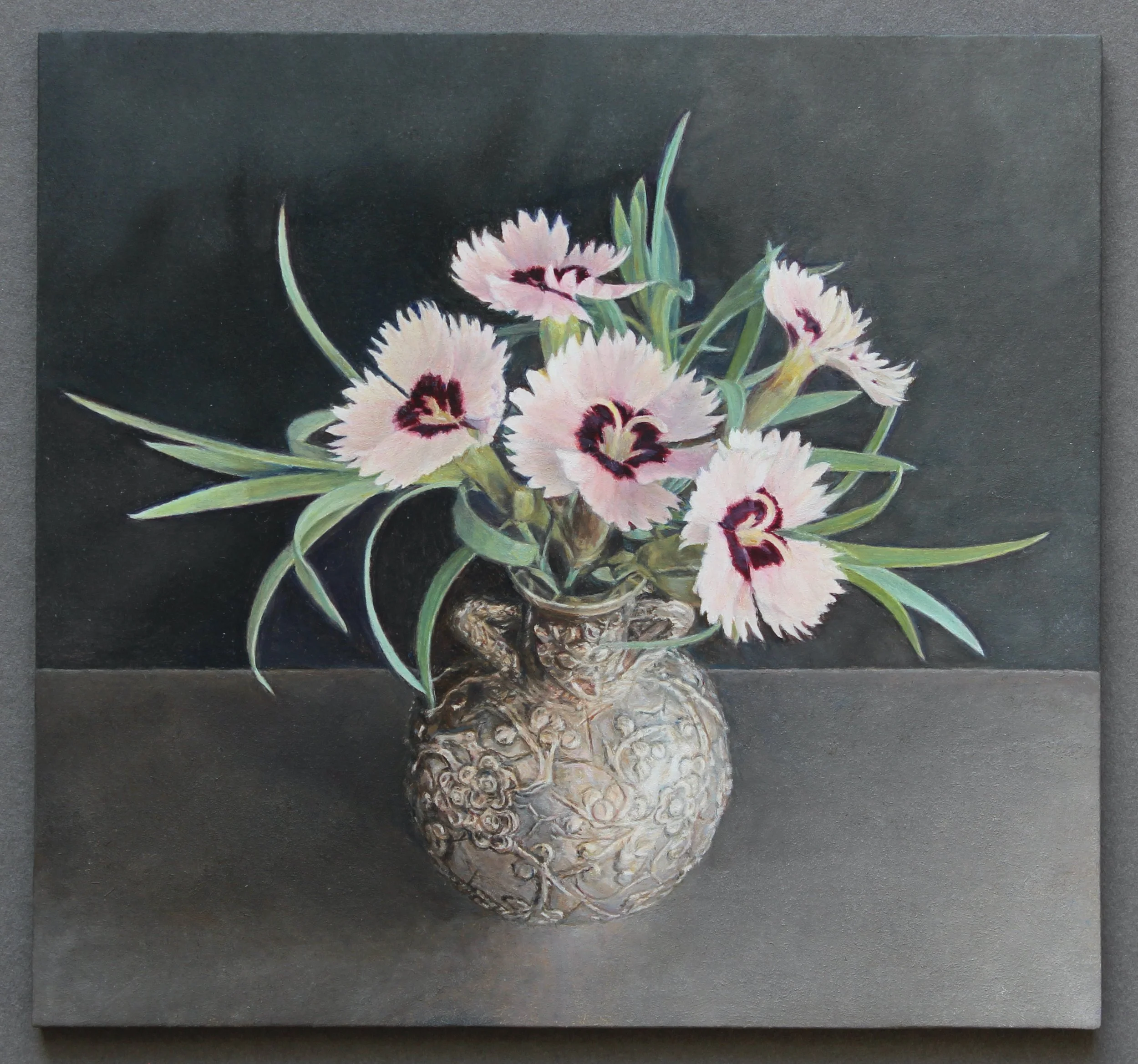EXPO CHICAGO 2025
24 - 27 April, 2025
Navy Pier, Chicago
www.expochicago.com
(SCALE) The Rapture of the Tiny








The Rapture of the Tiny
Scale is one of the first decisions an artist makes to begin a work. Tiny scale is a unique invitation for close examination, a magnet to draw you into a work; tiny scale is not what one thinks of when looking at contemporary art; grand scale, which one associates with the artists of today-- can stop us in our tracks. The challenge of packing full scale impact into small size intrigued several gallery artists when invited to create works for Expo 2025. The response to the 2025 theme for NHG’s stand, “the rapture of the tiny” was more than the gallery could have expected. The works are representational and abstract, in material from oil to woven wire, an abundance of small, yet mighty treasures. In response to the heroic scale one sees in galleries and most fairs, the gallery set artists the challenge of intimate scale, a visual tonic for our times. The challenge was met head on with energy, verve yielding a selection of great work with wide ranging style, palate, materials. While small in scale, the works are major statements by each of the artists.
Lucy Mackenzie identified her scale while at the Royal Academy in London and has stayed with it over the years. Her 2 x 3 inch paintings range to 4 x 7 inches in oil. There is no photoshop or digital impact, the works are painted in thin layers in oil. Each of the artist’s still life--her signature subject-- pieces, while tiny in scale, is an invitation to a pure, uncluttered world. Her subjects are the "stuff" of an ordinary life: balls of twine, a wrinkled dishcloth, forks in a glass; she makes the ordinary EXTRA-ordinary.
Ken Johnson wrote in the NYTimes about Mackenzie’s work:
Born in Sudan in 1952 and raised in England, Ms. Mackenzie is a latter-day follower of John Ruskin, the 19th-century British critic who advised artists to pay attention to the finer details of empirical reality. She takes several months to finish one of her exquisite miniatures. That’s a lot of attention to the surfaces she paints and draws on as well as to the light, transparency, patterns and textures of the things she’s representing. Her painstaking way shows in pictures that could be mistaken at a glance for photographs. But unlike in photographs, you can see and feel the patient, handmade quality in Ms. Mackenzie’s works.
Other artists who have embraced the tiny, and are creating compelling works for Chicago Expo are Nicole Phungrasamee Fein whose watercolors are inspired by the fog and weather in the Bay Area: Jimi Kabela whose juicy abstract oil paintings incorporate fabric from the Congo where he was born; Don Eddy whose new series WDAS (windows, doors and stairs) depicts views of architectural interiors on an intimate scale; Timothy Cummings whose invented miniature portraits are painted on frames found at the Paris flea market; and Tiffany Shlain whose 2 inch high miniature sculptures are magnified in scale in her photographs, making them monumental, full of wonder.
From Tiny to Grand
To put the concept of small scale into perspective, the gallery will include a few works of larger scale that are informed and inspired by small scale.
Like Shlain, Jody Guralnick's subjects found in nature are tiny, yet magnified in scale in her work. Lichen, which grows from sea level to Alpine heights in 20,000 varieties can be small or bushy. Guralnick sees a range of lichen (in green, pink, gold, red) on her mountain hikes, all of small scale. In her paintings these bewitching structures that grow mostly on rocks, become the music, the leitmotif magnified in scale, painted in bas- `relief against an abstract oil background evocative of nature's palette.
Nathalia Edenmont's new work explores one subject, the egg, in all its variations. Beginning with a perfect egg, which she sculpts with cracks and dents and dings, she monumentalizes the iconic symbol of fertility in photographs and sculptures. Eggs, which we can hold in one hand, become monumental, transformed by the artist through her camera lens. Eggs are white, black, blue and red in the large scale photographs and the same in marble sculptures, which she created in Carrara.
















































































